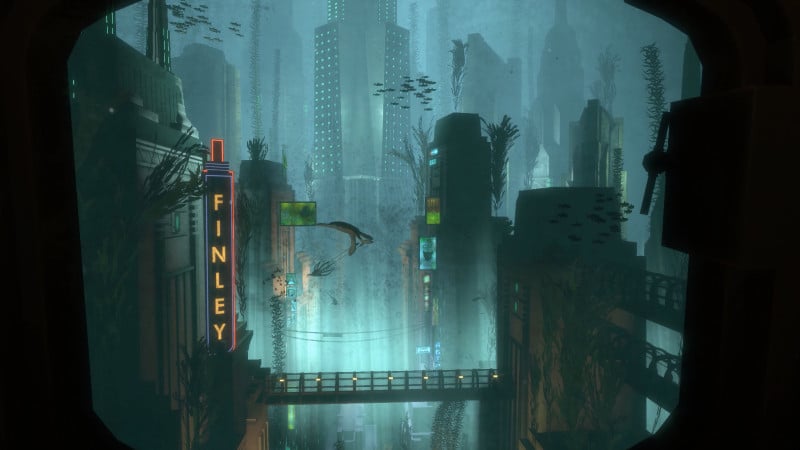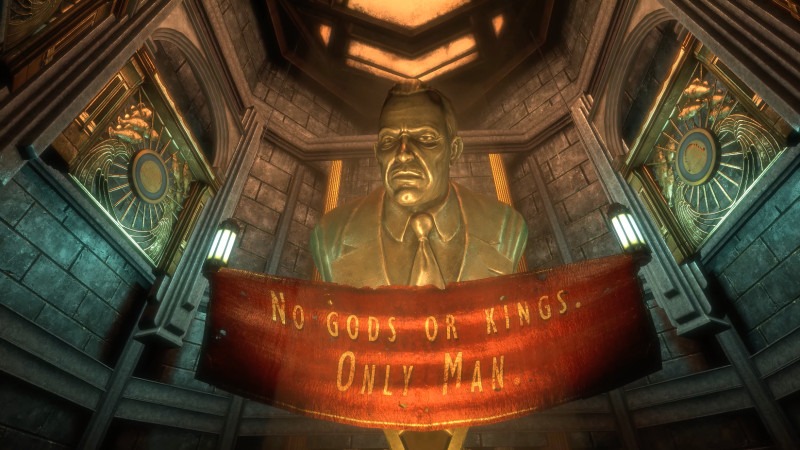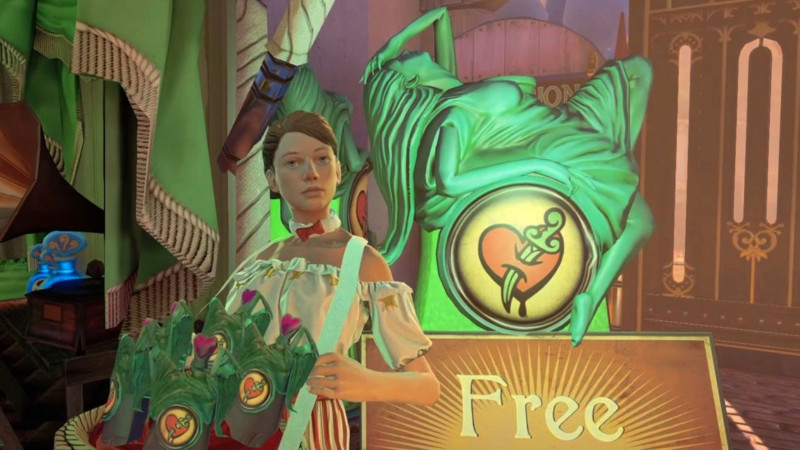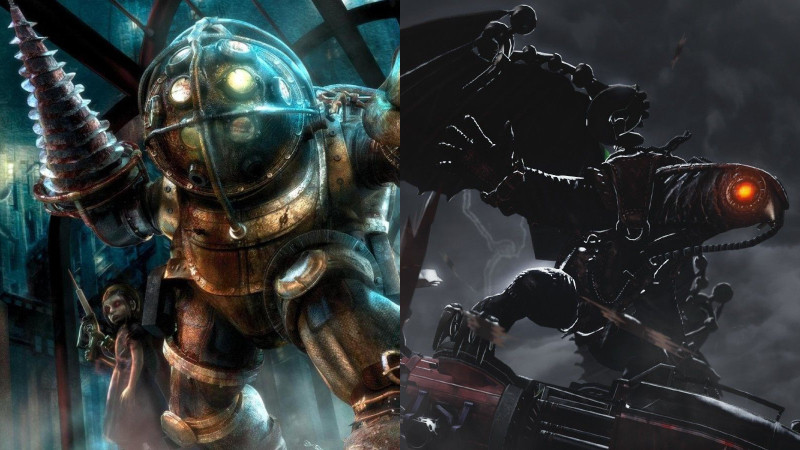
There’s always a city. There’s always a lighthouse. There’s always a man. There’s also always an opportunity for a company to create a new game in a franchise to make some money, and while I recognize that’s exactly why a fourth BioShock game is in development, it’s hard to stop myself from growing more and more excited about what it might be.
BioShock Infinite, the last in the series, was released in 2013, and at the earliest, the next one, now in development at 2K’s new Cloud Chamber studio, hits next year. That’s a massive nine-year gap, which has hopefully given those at Cloud Chamber enough time to stir on what a new BioShock game needs and doesn’t need – it has for me, at least.
Ignoring rumors of above-ground and underground cities and Antarctic metropolises – because after all, those are just rumors until Cloud Chamber reveals what it’s cooking up – here are five things the next BioShock needs to do and three things it does not.

Needs: A City
If there’s one thing people think of when they think of the BioShock franchise, it’s the cities that players inhabit. Be it the first two games’ underwater utopia-turned-dystopia Rapture or the high-in-the-sky Christian religion-inspired Columbia of Infinite, the city itself was a character. Rapture was iconic as an underwater city, filled to the brim with 1960s glitz and glamor. It was also designed in such a way that finding your way around was easy.
Columbia was a bit more open, leaning heavier into the shooting gallery aspect of the FPS genre, but it was saturated with color and iconography that made a seemingly bright and sunny place feel daunting and alien. If one thing is certain, Cloud Chamber’s BioShock must feature a setting that’s long-remembered after its debut.

Needs: A Strong Narrative That Highlights The Flaws Of A Particular Philosophy
At its core, the first BioShock about the flaws in objectivism, particularly as it’s presented in Ayn Rand’s Atlas Shrugged novel. It’s not trying to hide that, either (see: that character named Atlas). John Galt’s utopia is Rapture, except gone wrong. What was supposed to be a perfect paradise for artists, doctors, engineers, and entrepreneurs who wanted to break away from the Church and the governments above the surface was quickly destroyed by class warfare after the discovery of ADAM. It turns out the ultra-rich are always going to do what the ultra-rich do regardless of where they’re living, huh?
On that same note, Columbia also represents an ideology perceived as a utopia that quickly becomes anything but when put into practical play. A society built on the foundation of God, led by one man who thinks the rest of the world should fall in line behind America – what could go wrong? Well, if said “one man” begins to think he is God, or at least someone who thinks God looks like him and acts like him, a floating and isolated city quickly becomes a place rife with oppression, particularly for people of color.
At the heart of both BioShock, BioShock 2 (which largely continues the objectivism critique of the first), and Infinite are stories that critique these philosophies in unique sci-fi ways. It’s the commentary on real-world philosophy that’s core to the pillars of the series’ storytelling, and without that foundation, the next could risk becoming blasé, losing what makes these games interesting in the first place.

Needs: Plasmids And Vigors
Memorable settings and characters aside, BioShock is also a fun and tense first-person immersive sim – though Infinite leans further into being a straight-shot shooter. What makes the series’ combat so great isn’t the guns – in fact, I’d argue the guns need some heavy tweaking to stack up against other immersive sims like Deathloop – but rather, the plasmids and vigors.
These are essentially magical abilities that come by way of ingesting something you probably shouldn’t. It can be the ability to shoot fire, ice, lightning, or even a flock of crows. Instead of shooting an enemy, you can look for oil on the ground to light them up with ease. Perhaps they’re standing in water – a quick shock of electricity would take them out much faster than your measly pistol. These almost puzzle-like scenarios that BioShock has traditionally built into its combat are what make it memorable at all.

Needs: A Mascot Enemy
When you think of enemies in these games, you probably think of the Big Daddy. The same can be said for the Songbird of Infinite. They’re the stalking brutes of each entry, and anytime they appeared, you knew bad (for you) things were about to go down. They’re meant to up the ante of combat against standard mobs while injecting some terror into the formula. Everyone remembers their first encounter with a Big Daddy or the screech of the Songbird as it crash-lands onto the roof of the building you’re in.
These enemies are the mascots of their respective games – they reside on the covers, too – and the next BioShock needs one that stacks up against them. Shooting mobs is fun, but a mascot that terrorizes the setting with the ability to appear at basically any time is what keeps us on our toes.
